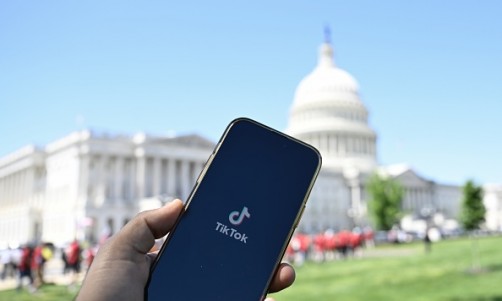Asteroid detection technology needs improvement, said NASA officials in a hearing on Tuesday. Experts said that if an asteroid were on course to threaten Earth, very little could be done.
In a hearing on Tuesday with members from the U.S. House of Representatives Science Committee, NASA chief Charles Bolden discussed what could be done about asteroids. NASA wants increased funding to improve asteroid technology, as the monitoring systems in place now are not enough. NASA hopes to develop new technology that would divert an object if it were on course to collide with Earth.
"From the information we have, we don't know of an asteroid that will threaten the population of the United States but if it's coming in three weeks, pray," said Bolden.
Experts trying to figure out how to destroy asteroids or meteorites may sound like a plot from a science-fiction movie, but scientists are seriously considering this option. Suggestions of sun-powered space lasers, gravity tractor beams and a nuclear device are some of the technology ideas tossed around.
As NBC reports, the chances of a massive asteroid posing a major threat to the planet are very slim. Scientists have found that a small percentage of asteroids found so far are large enough to be considered severely dangerous. Space rocks that large are estimated to hit Earth once every 1,000 years.
"The odds of a near-Earth object strike causing massive casualties and destruction of infrastructure are very small, but the potential consequences of such an event are so large it makes sense to takes the risk seriously," said White House science advisor John Holdren.
NASA has found and continues to track 95 percent of the largest space rocks, which have diameters of .62 miles or larger. "An asteroid of that size, a kilometer or bigger, could plausibly end civilization," said Holdren to legislators at the hearing.
Last month, a meteorite exploded in the sky above Russia and injured about 1,500 people. Many of the injuries were due to flying glass that came from shattered windows caused by shock waves of the intense explosion. The explosion was compared to an atomic bomb and was estimated to be 30 times more powerful than the one that destroyed Hiroshima.














